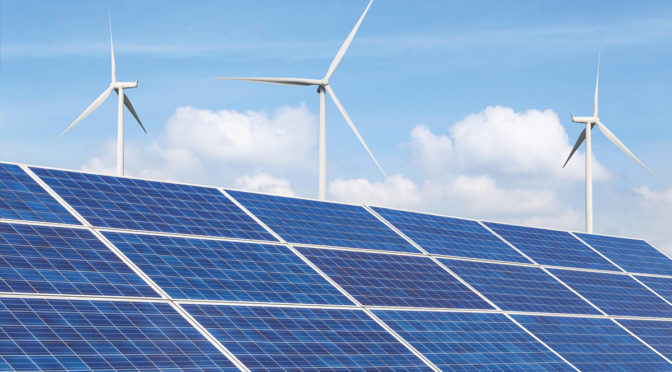Paraguay, a landlocked country in South America, is blessed with abundant natural resources, including hydroelectric power from the Itaipu and Yacyretá dams. These resources have made Paraguay one of the largest producers of clean energy in the world, with 100% of its electricity generated from renewable sources. However, despite its renewable energy potential, Paraguay faces several challenges in diversifying its energy matrix and adopting other forms of renewable energy, such as solar and wind power.
One of the main barriers to renewable energy adoption in Paraguay is the lack of a comprehensive regulatory framework that promotes and incentivizes the development of renewable energy projects. Although the country has a National Energy Policy, it lacks specific targets and measures to encourage the growth of renewable energy sources other than hydropower. This has led to a slow and limited expansion of solar and wind energy projects in the country.
Another challenge is the limited access to financing for renewable energy projects. Paraguay’s financial sector is relatively small and underdeveloped, which makes it difficult for project developers to secure the necessary funding for large-scale renewable energy projects. Moreover, the lack of a stable and predictable regulatory environment further discourages potential investors from entering the market.
Additionally, Paraguay’s energy market is characterized by a high degree of concentration, with the state-owned National Electricity Administration (ANDE) dominating the generation, transmission, and distribution of electricity. This monopolistic structure has limited the entry of new players and technologies into the market, hindering the development of a more diverse and competitive energy sector.
Furthermore, Paraguay’s energy infrastructure is in need of significant upgrades and expansion to accommodate the integration of new renewable energy sources. The country’s transmission and distribution networks are outdated and suffer from high levels of technical and non-technical losses, which negatively impact the efficiency and reliability of the electricity supply. This situation poses a challenge for the integration of intermittent renewable energy sources, such as solar and wind power, which require a more flexible and resilient grid.
Despite these challenges, there are several opportunities for Paraguay to overcome the barriers to renewable energy adoption and diversify its energy matrix. First, the country can develop a more comprehensive and ambitious regulatory framework that sets clear targets and incentives for the growth of renewable energy sources beyond hydropower. This could include the establishment of feed-in tariffs, tax incentives, and other financial mechanisms to support the development of solar and wind energy projects.
Second, Paraguay can work to improve access to financing for renewable energy projects by fostering partnerships with international financial institutions, such as the Inter-American Development Bank and the World Bank, as well as private investors. These partnerships can help to mobilize the necessary resources and expertise to develop and implement large-scale renewable energy projects in the country.
Third, the government can promote the liberalization and diversification of the energy market by encouraging the entry of new players and technologies. This can be achieved through the implementation of competitive bidding processes for renewable energy projects, as well as the establishment of an independent regulatory agency to oversee the sector.
Finally, Paraguay can invest in the modernization and expansion of its energy infrastructure to accommodate the integration of new renewable energy sources. This includes the development of smart grid technologies and energy storage solutions that can help to improve the efficiency and reliability of the electricity supply.
In conclusion, Paraguay has a unique opportunity to capitalize on its abundant renewable energy resources and become a regional leader in clean energy production. By addressing the barriers to renewable energy adoption and implementing the necessary policies and investments, the country can diversify its energy matrix, reduce its dependence on hydropower, and contribute to global efforts to combat climate change.


